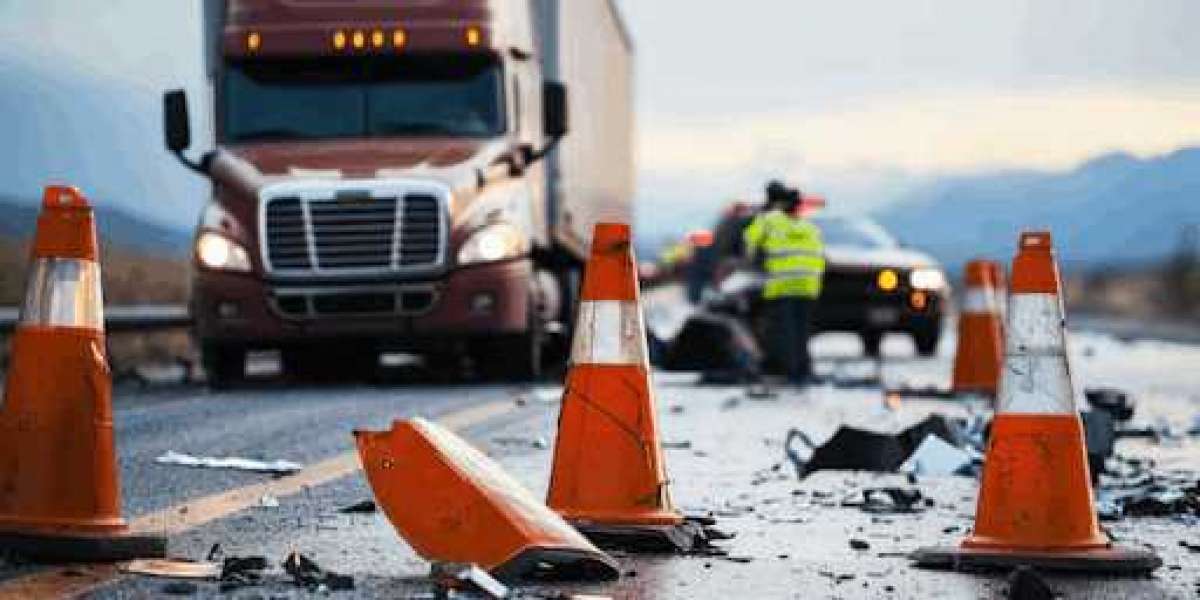Florida’s scenic routes might seem like a dream drive, but for many residents and visitors, they can quickly turn into a nightmare.
If you've ever sat in heavy traffic on I-4, felt your heart race when a semi-truck suddenly changed lanes, or braced yourself as the rain poured down on an already busy highway, you’re not alone.
Thousands experience this daily. Safety concerns are real, and when you're navigating what’s been called the deadliest highway in Florida, being prepared isn’t optional—it’s essential.
We've researched what makes these highways so dangerous and, more importantly, how you can protect yourself while using them. Keep reading to discover practical tips that can actually save lives—maybe even yours.
What Makes It The Deadliest Highway In Florida?
Before we explore how to stay safe, it helps to understand why this particular stretch of road is so dangerous. So, which highway are we talking about?
Interstate 4 (I-4) has earned the grim title of being the deadliest highway in Florida and even the United States in some studies. It connects Tampa, Orlando, and Daytona Beach—high-traffic areas filled with tourists, commercial trucks, and impatient drivers. Add in unpredictable weather and frequent construction zones, and you've got a perfect storm for collisions.
Why is I-4 so risky?
- Constant lane switching due to high entry/exit points
- Tourist drivers unfamiliar with the area
- A mix of local traffic, long-haul trucks, and out-of-state vehicles
- Frequent stop-and-go congestion
- Sudden weather shifts leading to reduced visibility
How Can You Stay Safe When Driving On I-4?
1. Adjust Your Speed With Conditions
Do you have to stick exactly to the speed limit? Not always. If it’s raining or traffic is erratic, reducing your speed can make the difference between a safe commute and a crash. On the deadliest highway in Florida, it's not about being fast—it’s about being aware.
Tip: Don’t just watch your speedometer—watch the behavior of drivers around you. If people are slamming brakes or tailgating, that’s a sign to ease up and stay alert.
2. Increase Your Following Distance
Tailgating is one of the leading causes of rear-end collisions. On I-4, this is especially dangerous due to sudden braking. Keep at least three seconds of space between you and the car in front of you.
Ask Yourself: Can you stop safely if the car ahead of you slams the brakes? If the answer is no, back off a bit.
3. Use Navigation Apps Wisely
Apps like Google Maps and Waze can be lifesavers—if used correctly. They alert you about crashes, construction, or traffic jams ahead. However, switching screens or being distracted can lead to serious accidents.
Pro Tip: Set up your route before you start driving and use voice navigation to minimize distractions.
4. Stay Out Of Truck Blind Spots
Large trucks are common on I-4, and they don’t have the same visibility as smaller vehicles. If you can’t see the truck driver’s mirrors, they likely can’t see you either.
What Should You Do? Pass trucks quickly and avoid lingering beside them, especially near off-ramps or in construction zones.
5. Don’t Rely On Other Drivers To Follow The Rules
Just because you follow the law doesn’t mean everyone else will. That’s especially true on the deadliest highway in Florida. Watch for erratic lane changes, sudden exits, and distracted drivers.
Stay Defensive: Anticipate the unexpected, and never assume that a signal means a driver is going to turn—or even noticed you.
6. Avoid Driving During Peak Hours If Possible
Rush hour on I-4 isn’t just stressful—it’s dangerous. Mornings and late afternoons see spikes in accidents due to congestion and aggressive drivers.
Solution: If you can, plan your travel before 7:00 AM or after 7:00 PM to avoid the bulk of traffic.
7. Stay Calm In Aggressive Traffic Situations
Road rage doesn’t solve anything, but it can easily lead to accidents. Don’t engage with aggressive drivers. If someone is tailgating or honking excessively, safely switch lanes and let them pass.
Ask Yourself: Is it worth risking your safety over a moment of frustration?
Final Thoughts:
Yes, the deadliest highway in Florida is unpredictable, but how you drive on it isn’t. Making small changes in behavior—staying alert, reducing distractions, and driving defensively—can make a big impact on your safety and those around you.
And if the unthinkable happens?
You don’t have to face the aftermath of a highway accident alone. If you or a loved one has been involved in a collision, especially one involving a commercial vehicle, consulting a truck accident lawyer can help protect your rights and guide you through the legal process.
Stay informed, stay cautious, and most importantly—stay safe.








